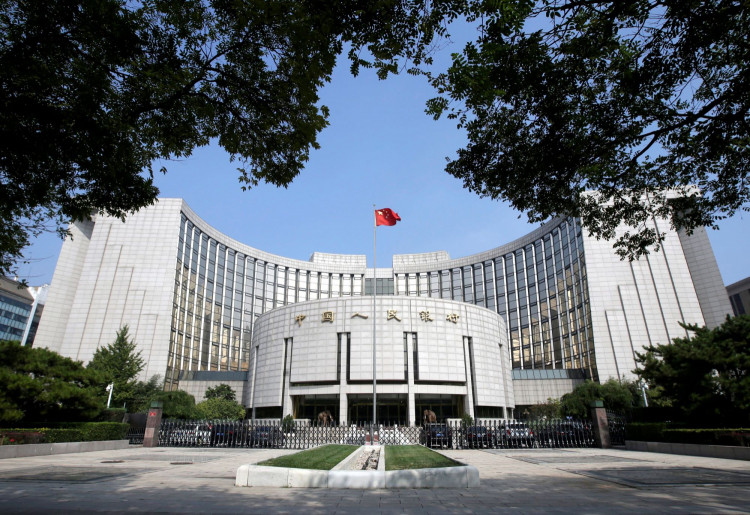In a strategic move to ensure ample liquidity and bolster a budding economic recovery, China's central bank has announced a cut in the amount of cash that banks must hold as reserves. This marks the second such reduction this year, underscoring Beijing's commitment to supporting the world's second-largest economy as it grapples with post-pandemic challenges.
The People's Bank of China (PBOC) stated on Thursday that it would decrease the reserve requirement ratio (RRR) for all banks by 25 basis points, effective from September 15. However, banks that have already implemented a 5% reserve ratio will be exempt from this adjustment.
This decision comes at a critical juncture for China's economy. While the nation showcased a robust post-pandemic recovery, recent indicators suggest that this momentum has waned. To counteract this slowdown and invigorate the economy, the Chinese government has introduced a slew of policy measures in the past few months. Among these initiatives are strategies to stimulate housing demand, a sector pivotal to China's economic health.
The backdrop to this RRR cut is a broader global context where nations are navigating the economic repercussions of the COVID-19 pandemic. For China, ensuring that banks have sufficient liquidity is paramount to facilitating lending and, by extension, stimulating economic activity. By reducing the RRR, the PBOC aims to free up more funds for banks, enabling them to lend more to businesses and consumers.
The image of the PBOC's headquarters in Beijing, with its imposing facade, has become emblematic of China's financial might. As the central bank orchestrates monetary policy, its decisions reverberate not just within China but also across global financial markets.
Analysts and investors will be closely monitoring the impact of this RRR cut. While it is anticipated to provide a short-term boost to the economy, the long-term efficacy of such measures in sustaining China's economic growth remains a topic of debate.
In conclusion, as China continues its economic balancing act, the PBOC's latest move underscores the nation's proactive approach to monetary policy. By adjusting the reserve requirements, the central bank aims to strike a balance between ensuring liquidity and fostering sustainable economic growth. As the global economic landscape remains fraught with uncertainties, China's strategies will be closely watched as a barometer for potential recovery trajectories.






